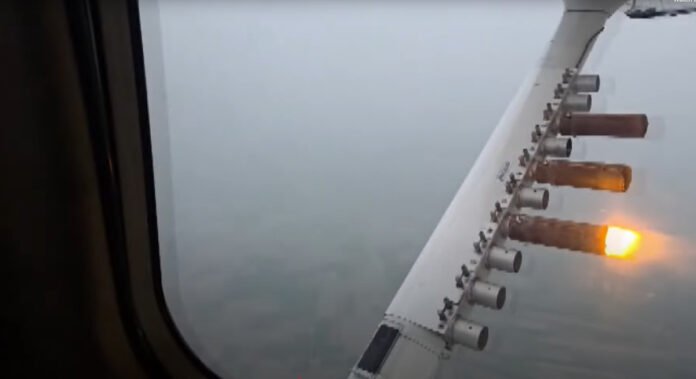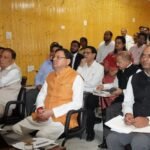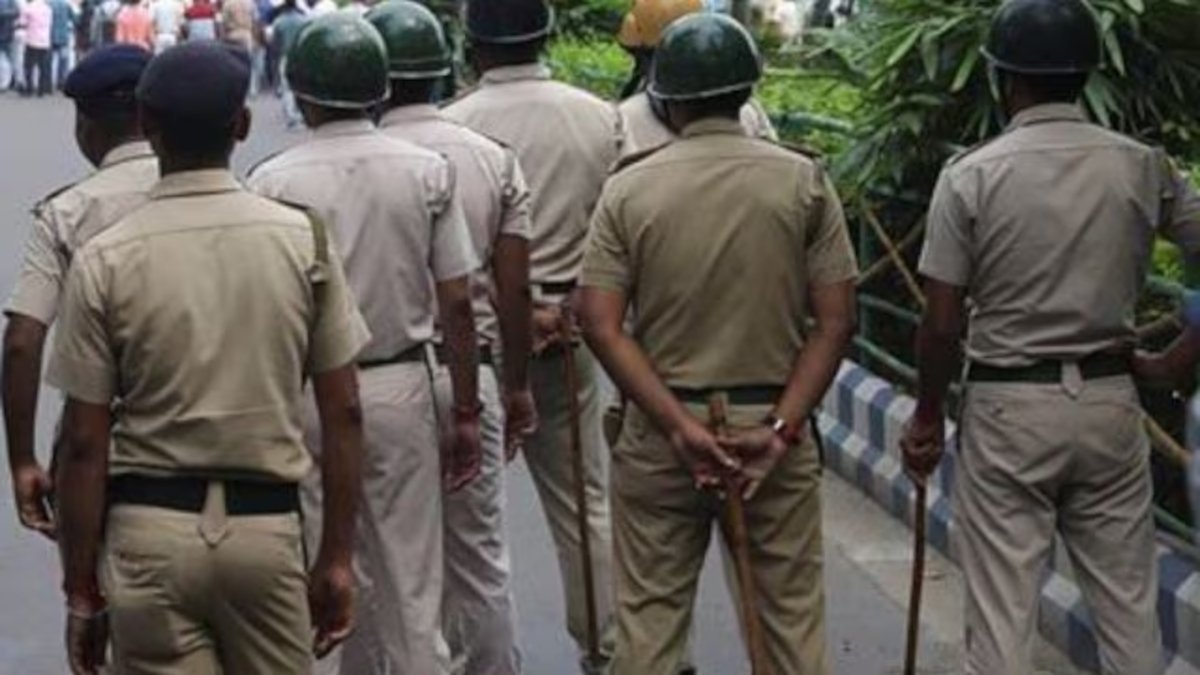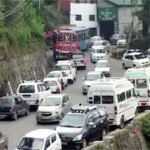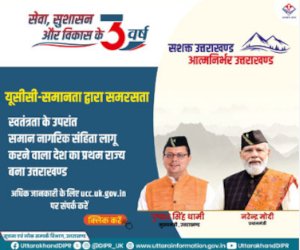In a much-anticipated experiment, Delhi’s cloud seeding trials failed to produce any significant rainfall on Tuesday, dealing a setback to the government’s ambitious plan to use artificial rain to tackle the capital’s worsening air pollution. Despite extensive preparations and favourable forecasts earlier in the day, insufficient cloud moisture prevented precipitation, leaving the city’s pollution levels largely unchanged.
The project, conducted jointly by the Delhi government and the Indian Institute of Technology (IIT) Kanpur, aimed to induce artificial rain over select parts of the National Capital Region (NCR) to wash away suspended pollutants. Two aircraft equipped with silver iodide and sodium chloride flares were deployed to seed clouds across Delhi, Gurugram, and Noida. However, the operation yielded only a brief drizzle in isolated areas, measuring less than 0.2 millimetres, according to officials.
Experts at IIT Kanpur explained that cloud moisture levels were much lower than required to trigger sustained rainfall. Effective cloud seeding typically demands a relative humidity of at least 60 percent and dense cumuliform clouds with adequate vertical development. On Tuesday, cloud moisture in the region remained around 10 to 15 percent, making rain formation nearly impossible.
Environment Minister Manjinder Singh Sirsa, who monitored the exercise, admitted that the results were below expectations but described the effort as “a learning step” in exploring innovative pollution-control methods. He confirmed that the government would wait for IIT Kanpur’s detailed technical report before scheduling the next round of trials.
Officials said the cloud seeding programme had been approved earlier this month with an estimated budget of ₹3.21 crore. The trials were planned as a part of Delhi’s broader Winter Pollution Mitigation Strategy, which includes the installation of anti-smog guns, intensified road-dust cleaning, and stricter vehicular emission checks.
Scientists said while artificial rain can temporarily reduce airborne particles, it cannot replace long-term measures such as reducing emissions from transport, industry, and crop burning. “Cloud seeding is a supplementary step, not a permanent solution,” an IIT researcher was quoted as saying. “The key is to address the sources of pollution rather than just its symptoms.”
Environmental experts also cautioned against over-reliance on weather-based interventions, noting that artificial rain projects depend heavily on favourable meteorological conditions. With Delhi’s Air Quality Index (AQI) already in the “severe” category, residents had hoped for relief from the smog that has blanketed the city since mid-October. However, Tuesday’s failed attempt has underscored the challenges of relying on such experimental methods.
Officials said the next phase of trials may be scheduled in early November if meteorological conditions improve. The plan involves conducting seeding operations when moisture levels rise above 60 percent, increasing the chances of precipitation. The India Meteorological Department (IMD) will assist in identifying suitable weather windows for the next attempt.
Political reactions to the failed attempt were swift. Opposition leaders criticised the government for what they called a “publicity-driven” exercise lacking scientific grounding. They questioned the use of public funds for a technique that depends heavily on weather uncertainty. The ruling administration defended the project, stating that innovation and experimentation are essential in addressing Delhi’s chronic pollution crisis.
Meteorologists reiterated that cloud seeding can never guarantee rainfall, even under ideal conditions. The presence of adequate cloud thickness, temperature gradients, and vertical uplift are crucial for success. On Tuesday, despite the presence of scattered clouds, thermal conditions were insufficient to support droplet formation.
The Delhi government’s push for artificial rain was the first major attempt of its kind since similar plans in 2018 were shelved due to technical constraints. This year’s initiative was reintroduced after pollution levels surged beyond 400 AQI in parts of the city, prompting emergency meetings and appeals to the Centre for intervention.
While Tuesday’s trial may have failed, officials insisted that the exercise has provided valuable data for refining future attempts. The Environment Department confirmed that subsequent sorties will be planned based on updated atmospheric analyses, with the aim of achieving measurable rainfall in the coming weeks.
Experts and environmentalists agree that Delhi’s fight against pollution requires a comprehensive, multi-pronged approach. They argue that while cloud seeding may offer temporary respite if successful, the ultimate solution lies in reducing emission sources through cleaner energy, better waste management, and regional cooperation.


